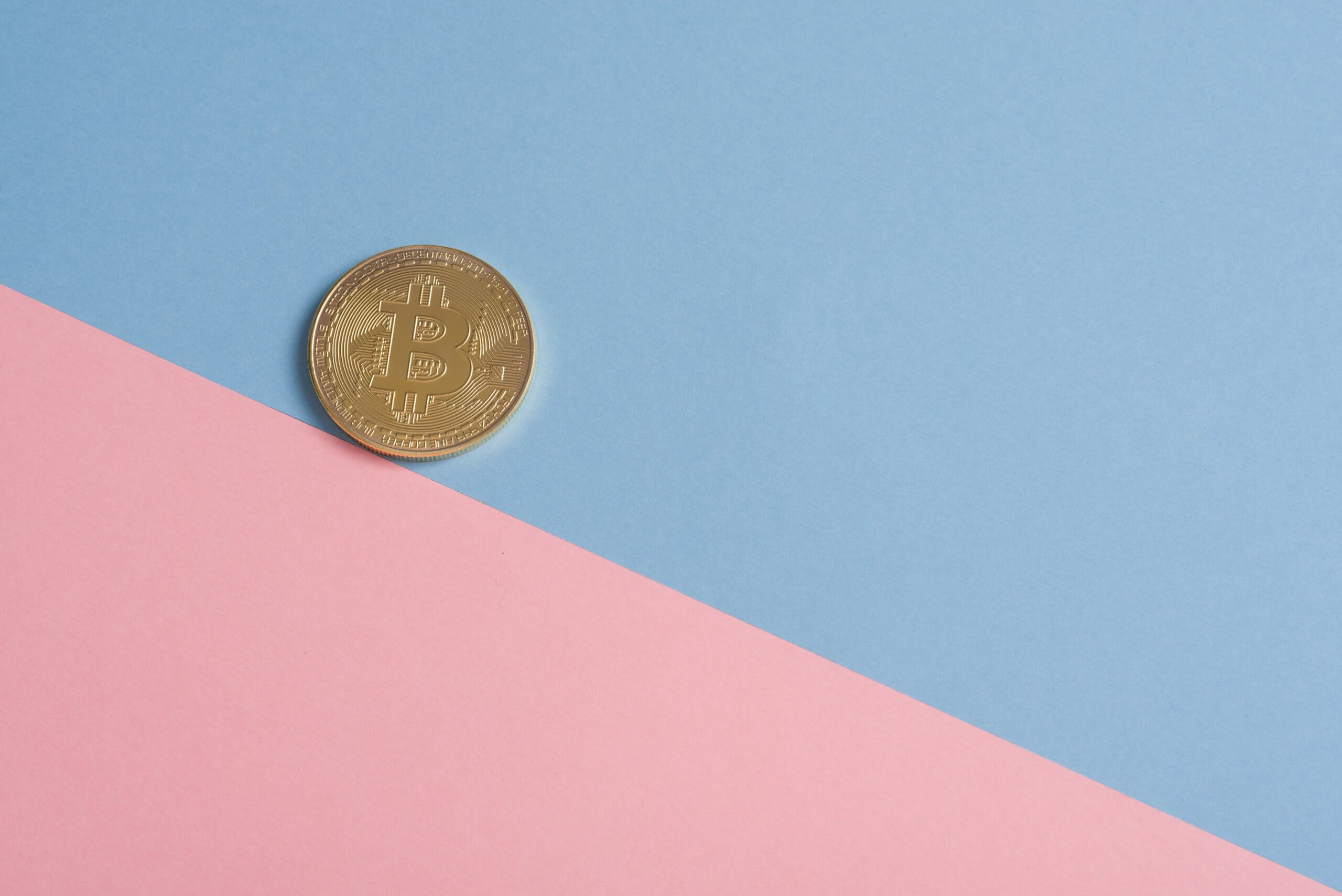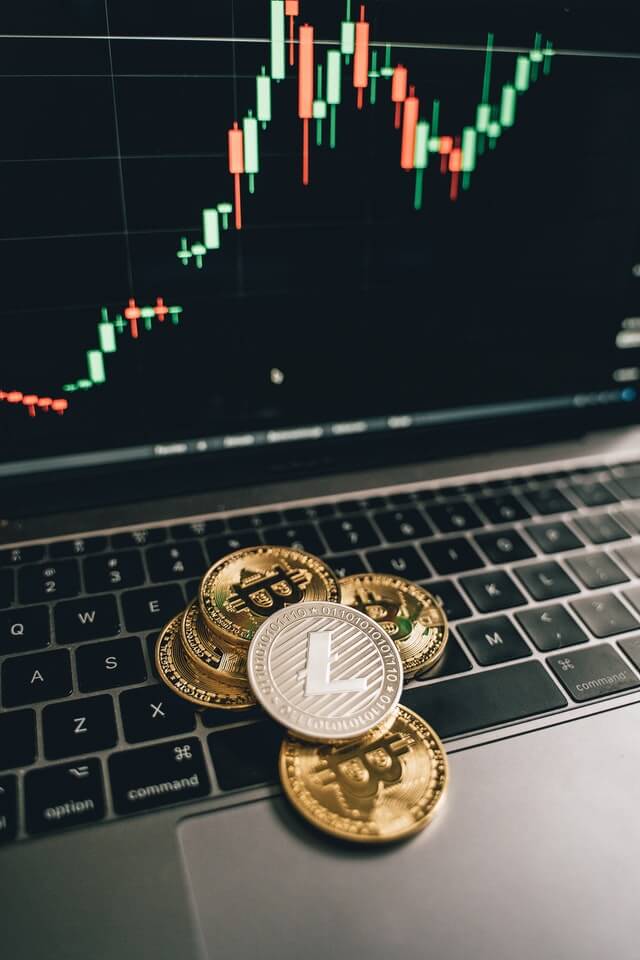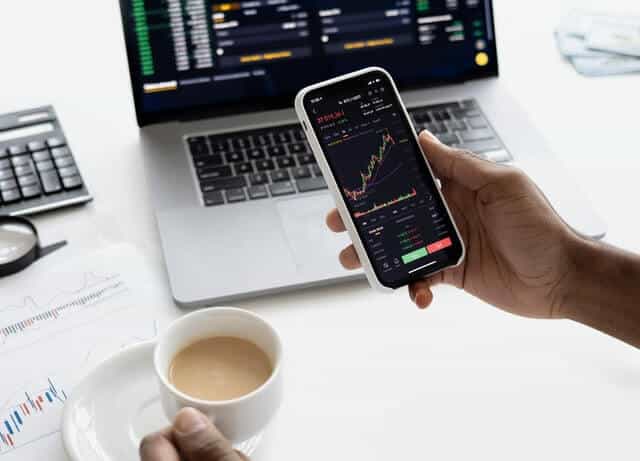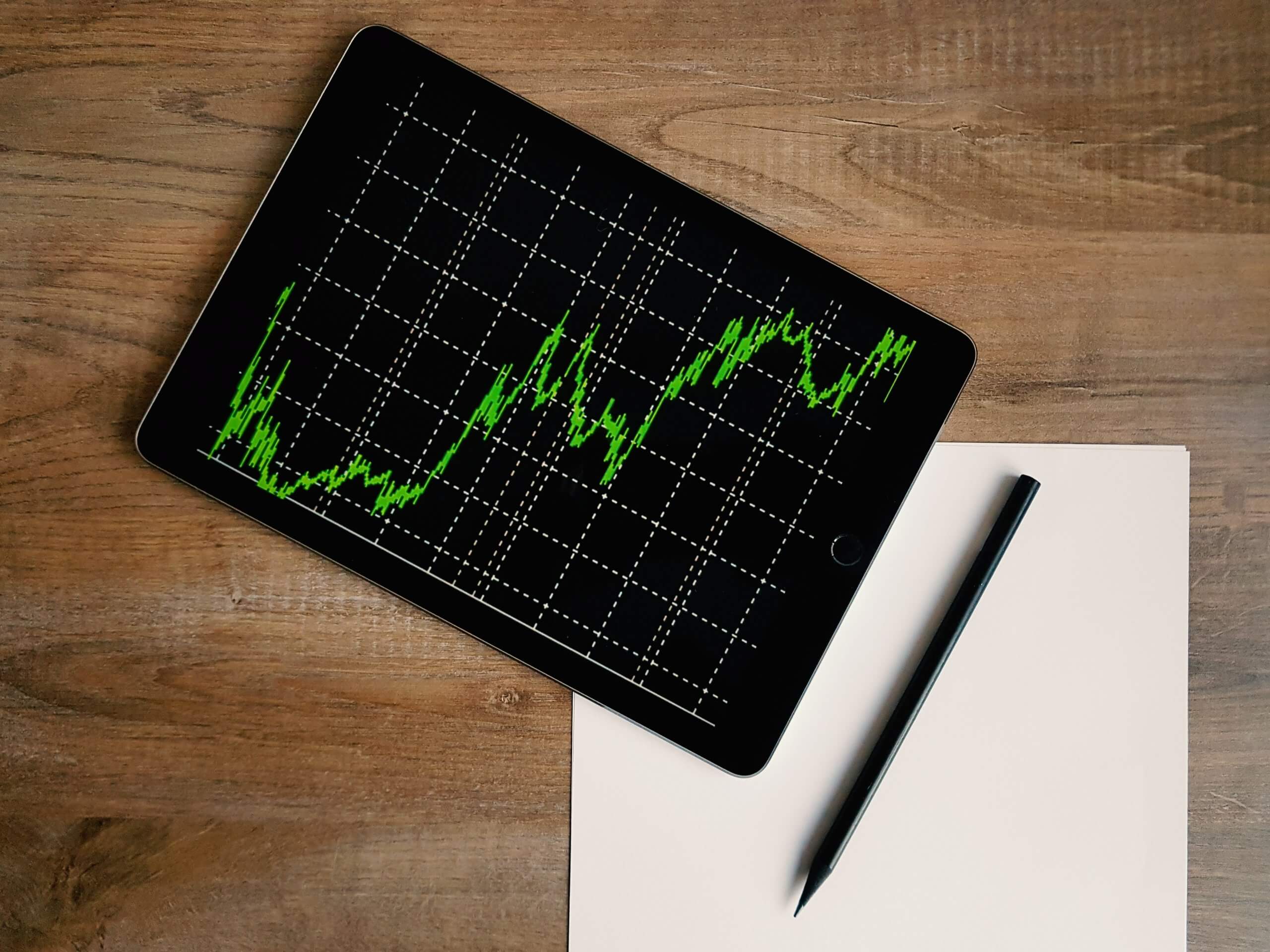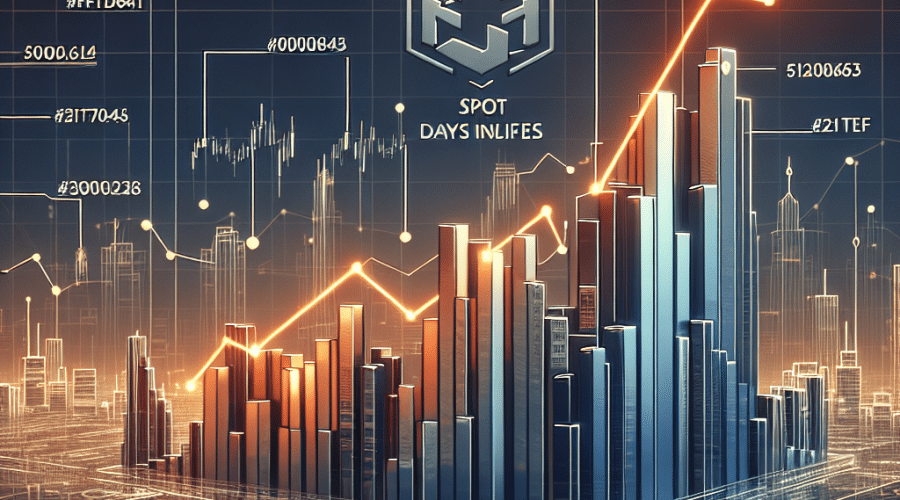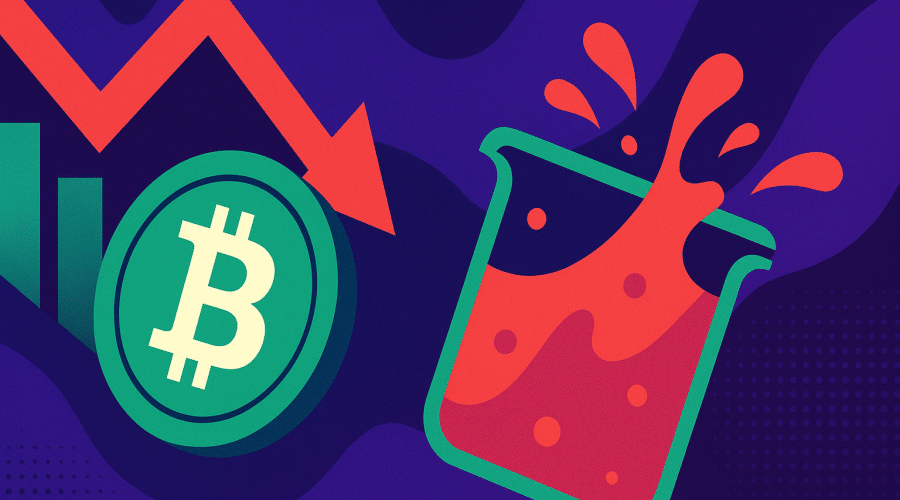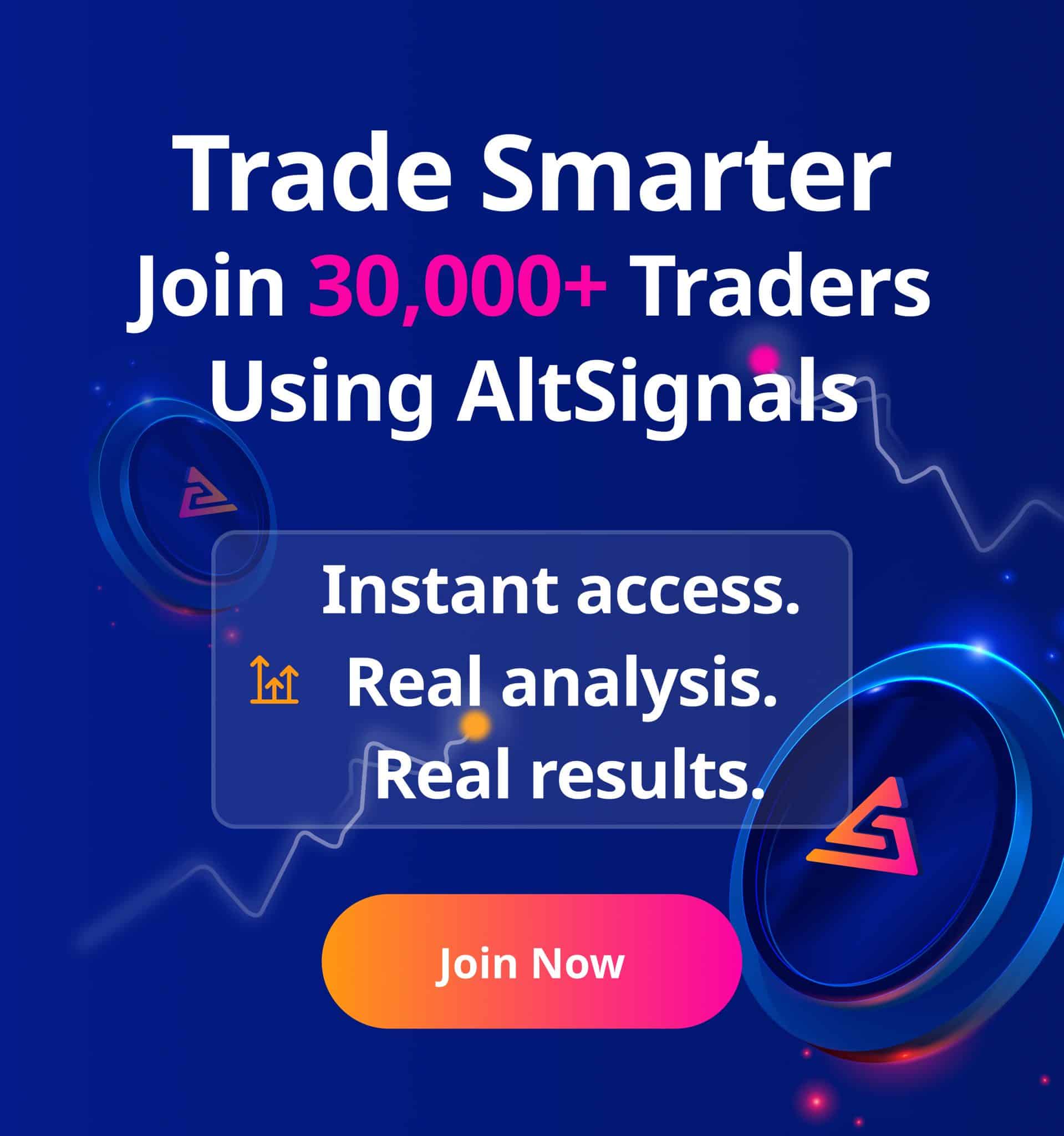The DeFi ecosystem is rapidly growing within the crypto community and although many investors are jumping right in, many others still wonder: What is Kimchi Finance? Is it worthy? We will review the most significant aspects of this project for you to make your choice, considering there still might be some time for yield farming initiatives to give lots of profit to their users.
Disclaimer: the information provided in this article should only be considered for educational purposes only. We are not financial advisors. Never invest more than what you are able to lose and always contact a professional financial advisor. Cryptocurrencies (including Kimichi) are very risky.
What is Kimchi Finance?
For those who want to know what Kimchi Finance is, they have to keep in mind that just like Uniswap or SushiSwap, Kimchi Finance is another yield farming token that has recently shaken the DeFi world with the earnings it has given to users. This project is trying to compete with UniSwap by trying to produce the fees and offering major profitability rates. Kimchi Finance also has its own platform where users can trade/farm with multiple pairs after having made a Uniswap deposit.
For some time now, there has been madness over multiple DeFi projects that started with a huge bump in the tokens of these projects and then a dump. Most users wonder about the risks that these projects involve, although they are also very interested in the returns that many people have obtained from these kinds of platforms.
How does Kimchi Finance work?
Unlike other DeFi projects, Kimchi Finance does not have a purpose to exist besides farming. The first thing you have to know about starting your Kimchi farming operations is to be sure of what token you’d like to use. When you navigate to Kimchi.Finance, you will find an option called “Farm & Trade”. Basically this section shows all the available pairs for farming on the platform. Naturally, you will notest that the best return rates are available for the KIMCHI pairs.
To know how this platform moves, we have to ask: What is Kimchi Finance farming? as that is exactly what this whole project is about. In short, users get to produce even more tokens after they invest a specific amount to the available pools.
Some users keep their own cryptocurrencies/stablecoins instead of wildly going after Kimchi. However, they can farm Kimchi by using their previously owned tokens so that you can save on transaction/gas fees. Given this fact, it is very important to choose the tokens we are about to do. Now, if you don’t have any of the listed tokens, you will have to visit Uniswap and spot the Kimchi/Sushi section and click on the “Trade” tab, but if you do, click on “Add liquidity”, where you will see the equivalent amount of SUSHI you need to get the KIMCHI you want.
Supported pairs on the KIMCHI finance platform
The Kimchi Finance platform currently supports 8 trading pairs which include 3 very popular stablecoins (Tether, USDC and sUSD). By clicking on “Farm”, you will have to connect your wallet with Kimchi Finance in order to access the pools and start providing liquidity.
Basically, what this project does is provide liquidity to the places where you can get the best returns for it, although all users should be warned of the risks that these kinds of DeFi projects involve.
Many people are still wondering what Kimchi Finance is all about and what can happen to their money once they invest. Kimchi is considered to be acting as a bubble, just like SushiSwap and other surging farming projects and is expected to have a big dump anytime soon, especially since the panic that Sushiswap’s creator started after cashing out all of his SUSHI tokens.
